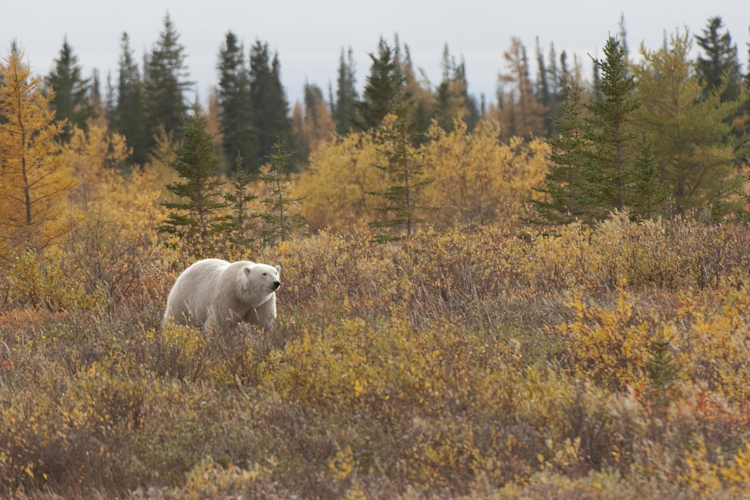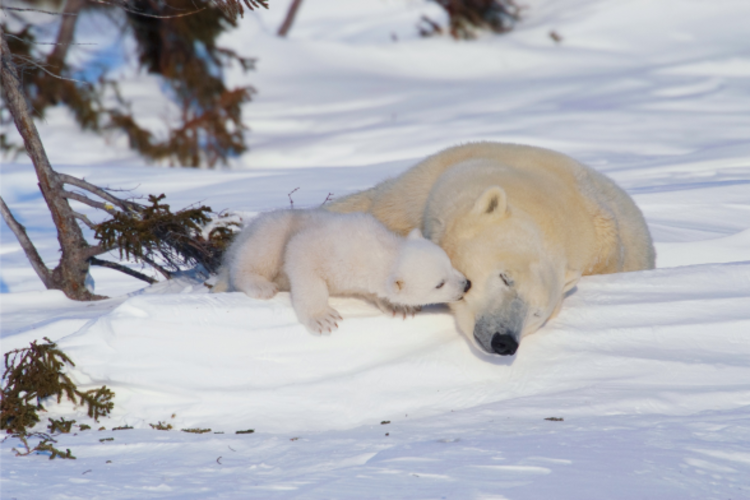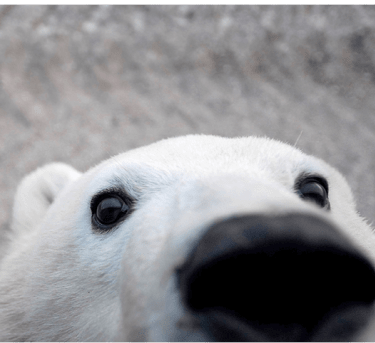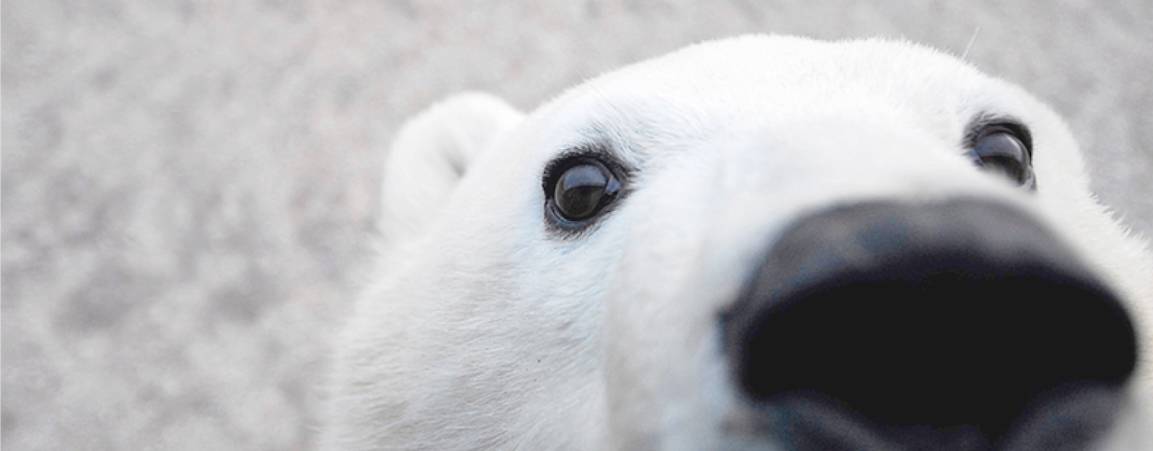We talk to researchers about a surprising drop in polar bear pregnancy rates in Western Hudson Bay, Canada.
When researchers first looked at pregnancy rates among the polar bears of Hudson Bay in the early 90s, the results were promising. Between 80-100% of adult females were pregnant between 1982 and 1990, with some slight variation from year to year. However, a recent study has uncovered a striking decline. We talked to study authors Andrew Derocher and David McGeachy about what they’re seeing and why.
What did you learn from this study?
Compared to the earlier study, we found a 12% drop overall in pregnancy rates for these polar bears in 1991 to 2021. What’s more, we now see a significant increase in the year-to-year variation, ranging from 50-100%. In other words, now an average of 25% of lone females on land aren’t pregnant — and that means fewer new cubs each year. Another concerning finding: the number of 4-year-olds that were pregnant dropped by 27%. Collectively, fewer cubs and a delayed age of first breeding are symptoms of a population in decline.
Why are pregnancy rates dropping?
As is so often the case in wildlife studies, it’s one thing to see change when monitoring over many decades but it’s another to figure out why. We found that fatter and prime aged females were more likely to be pregnant, so there’s a link to body condition and experience that is important. Are there other factors such as food availability, contaminants or perhaps increased cub mortality we don’t know about? Perhaps males are having a harder time finding females with sea ice being more fragmented with climate change. It’s clear from our analyses that the variation in pregnancy rates between years is increasing and the overall pregnancy rate is declining from the “good old days” in the 80s.
While polar bears are extremely well adapted to the dynamics of Arctic ecosystems, there are limits to what the bears can do. Our findings provide new insights but frustratingly, also more questions.




















